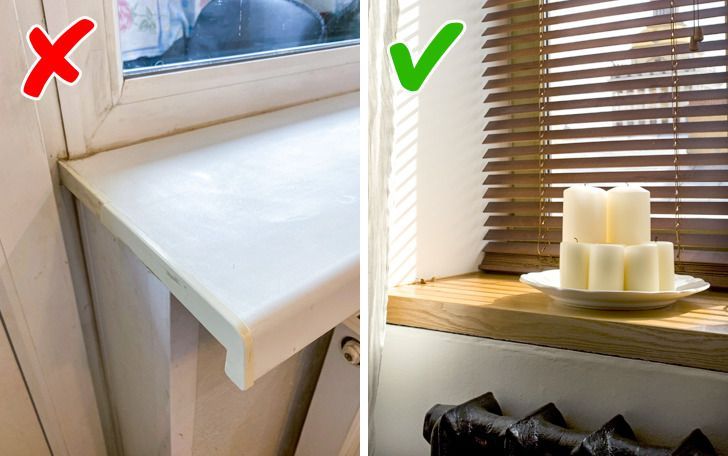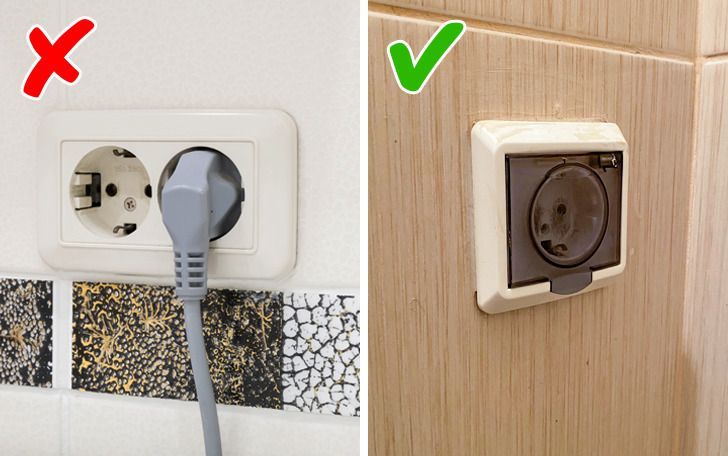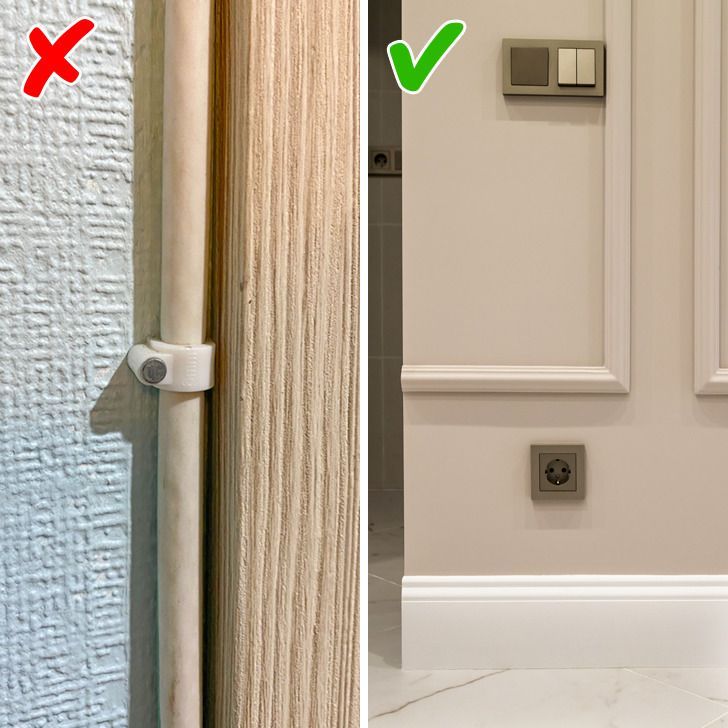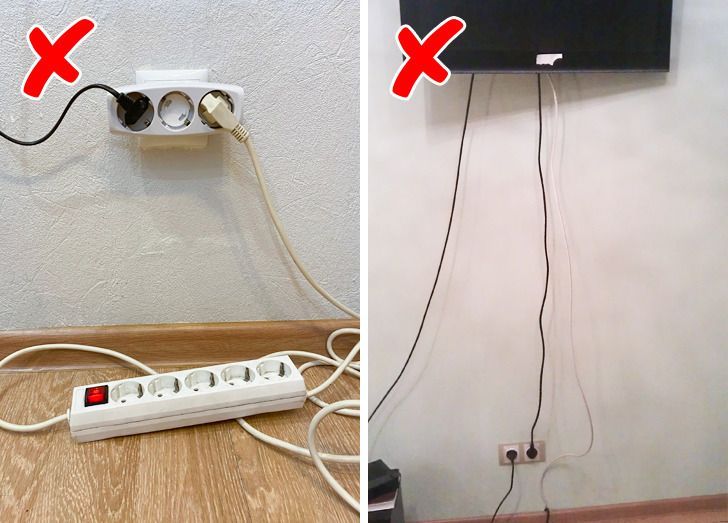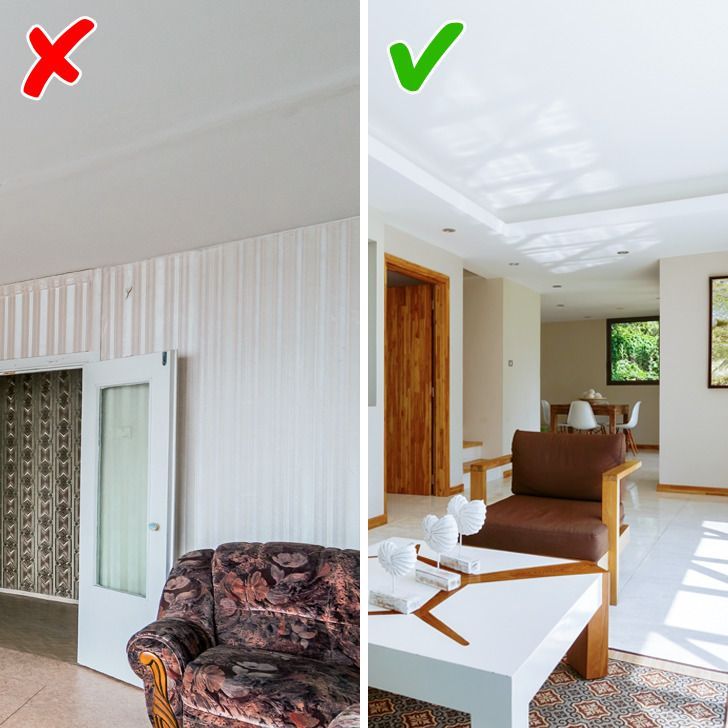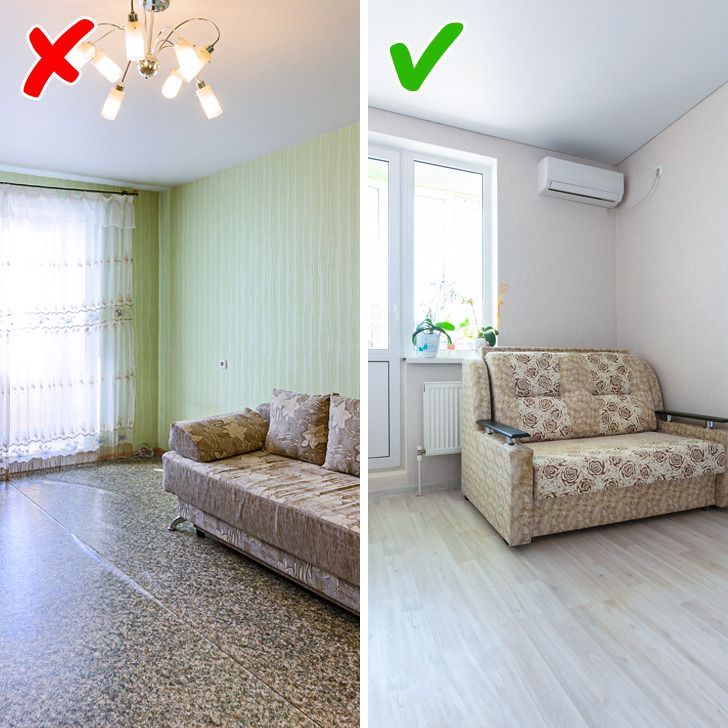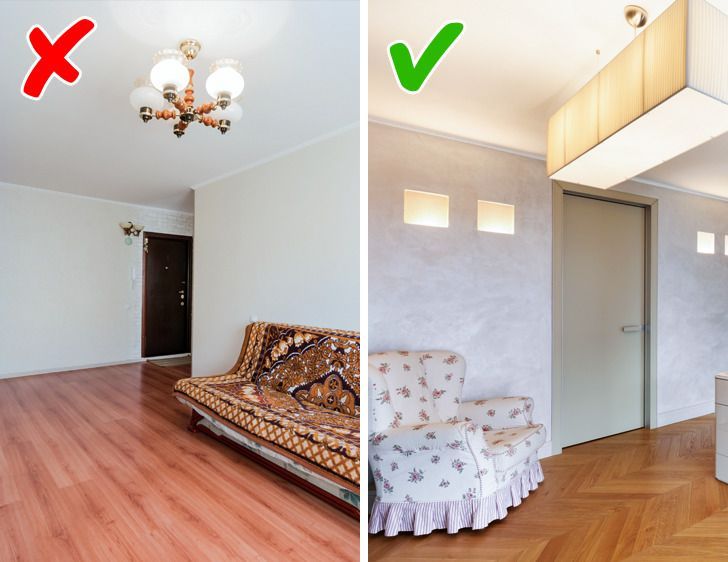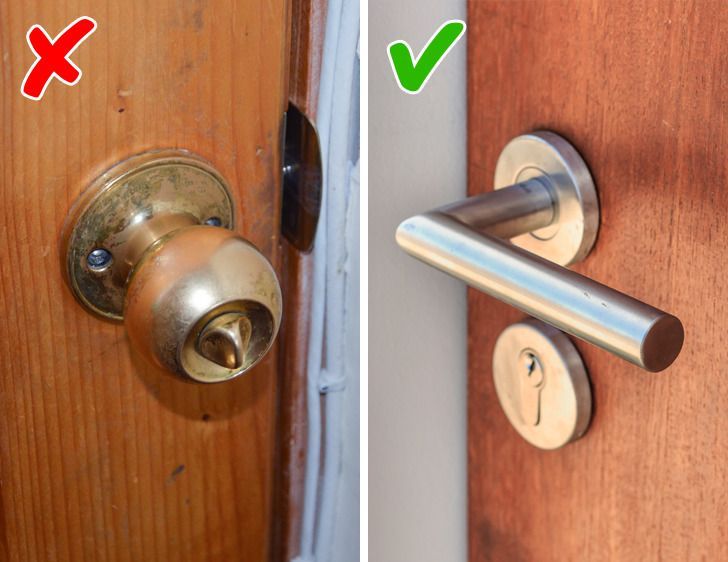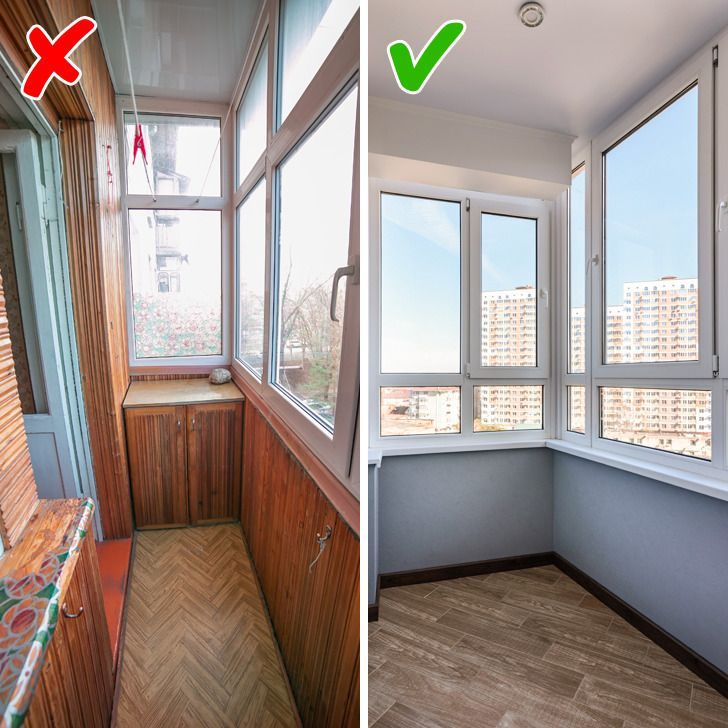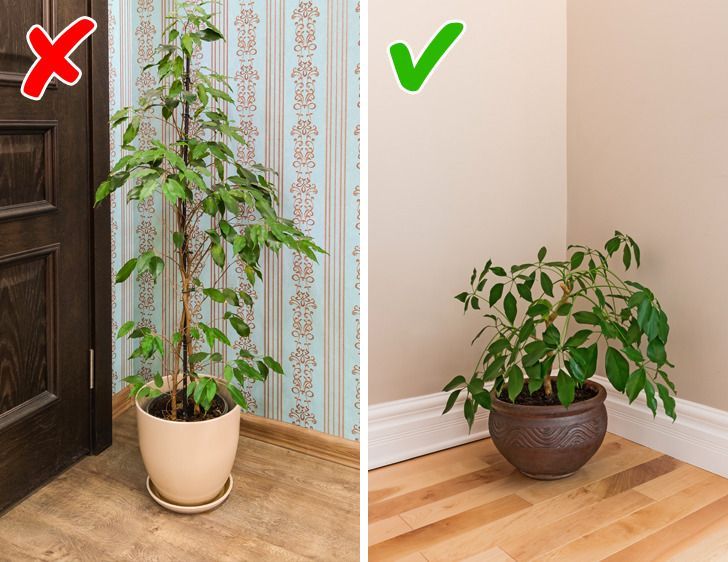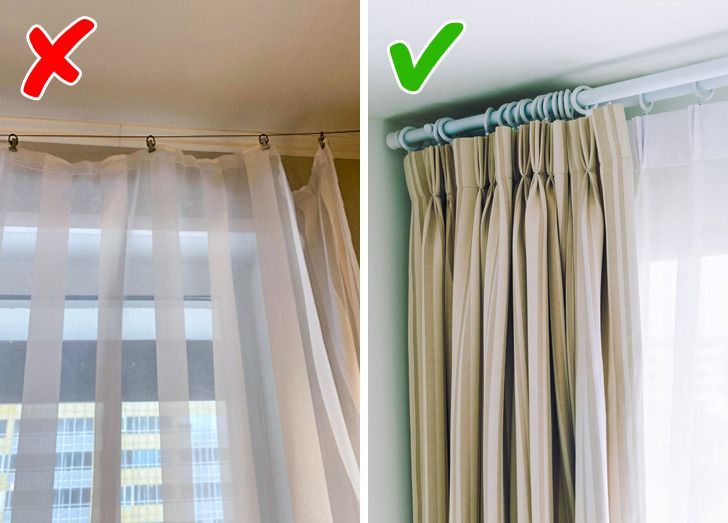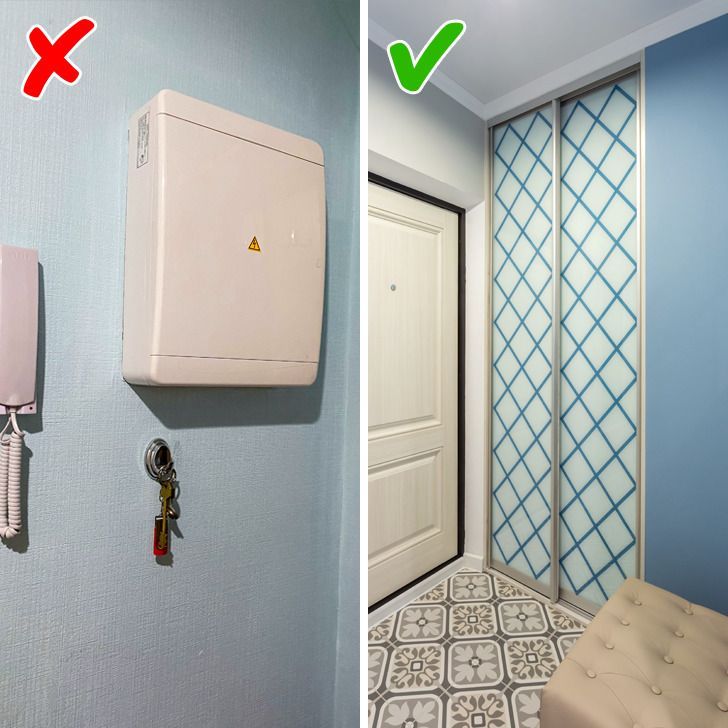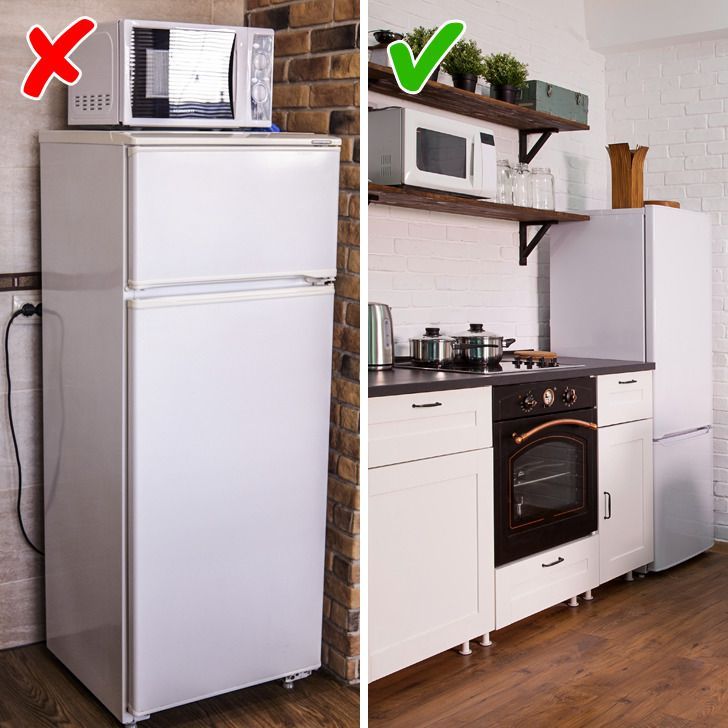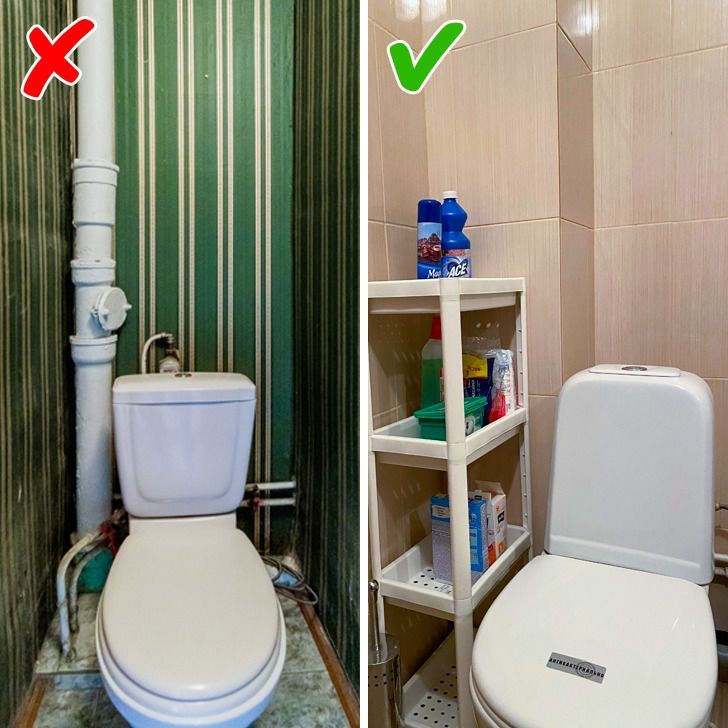When hearing the word “renovation” many of us get chills down our spines. Perhaps that’s the reason why many people prefer to use the services of professionals when starting another repair at home. Not only will these pros help to save time, but they’ll also save the good relationships we have with our relatives, as well as our nerve cells. At the same time, those who are used to doing everything themselves should know that there are some details that will let even a beginner designer understand that the renovation was done by an amateur.
We couldn’t just pass by this topic of current interest and created a list of things that people don’t give enough attention to: the details that reveal an amateur renovation.
Plastic windowsills
Plastic windowsills tend to lose their initial look over time. They turn yellow and get cracks, stains, and ingrained spots on them. Despite their availability and cost-effectiveness, this kind of solution looks simple and ordinary, and sometimes it can even be dangerous. For example, mirrors, bottles, and jars with water left on them can provoke the ignition of plastic in hot weather.
Today’s market offers a bunch of alternative options: from natural stone and wood to their high-quality analogs, which will make the interior look unique and unusual.
Sockets that were not meant for the bathroom.
It’s recommended that you install sockets that are covered with special protective lids in bathrooms and other places with high levels of humidity. The so-called waterproof sockets can be bought in a specialized store, and their cost doesn’t differ much from the price of ordinary ones. Make sure to pay attention to the class of protection, which is indicated on a socket’s case with a special marking: the letters IP and 2 digits. It’s recommended to use the sockets of at least the 4th level of protection in bathrooms.
Hot hidden wires and cable clamps
This widespread way of securing cables to walls gives away an amateur attitude toward renovation and interior design, at first glance. Plastic clamps look cheap and oftentimes tend to fall out of the wall, which is extremely dangerous if there is a kid or an animal in the apartment. Apart from this, the holes in the walls can only be removed during another renovation.
Numerous power strips
Numerous power strips indicate that the apartment lacks the necessary amount of outlets, which were not done during the last renovation. Oftentimes, old apartments only have 2-3 sockets in one room, which might not be enough in the modern world. It’s actually one of the first aspects that professional designers think about before starting a renovation. All because not only do they spoil the overall look of the apartment, but they also get tangled, take up space underfoot, and can also lead to a fire (as a result of incorrect usage).
Unevenly whitened ceiling
The times when everyone would whiten their ceilings are gone. Today there are many ways to decorate them starting from suspended and stretch ceilings to finishing them with plasterboard. They are perfect at hiding uneven surfaces, wiring, pipes, and joints at the junction of plates. Don’t be afraid to experiment because apart from aesthetic properties, a correctly chosen ceiling can help widen the space and make it feel cozier.
Linoleum flooring
This widespread type of flooring has only 2 advantages: affordability and easy installation. However, their look is unpresentable, they are not durable, and they are very slippery (increasing the risk for injury) and this cancels out all the pros of this cheap designer solution. It’s possible to use it as a temporary option, but it is better to consider other types of flooring like laminate, parquet, or ceramic tile as a temporary option. Additionally, self-leveling and cork floors are currently becoming popular among designers and their clients.
A single light source in a room
Many designers are against having a single light source on the ceiling. It doesn’t provide much light, the room looks smaller visually, while the ceiling looks lackluster and boring. Moreover, standard apartments have several zones (for rest, for sleep, and for work) in one room. That’s why additional sources of light like sconces, floor lamps, and table lamps are not a whim but indicators of the quality of our life.
Cheap door hardware
It’s better to go for a budget-friendly door itself with expensive hardware that is good quality, rather than an expensive door with a cheap handle and creaky hinges. It’s the door hardware that determines the appearance of the overall door and extends its service life. Cheap hinges, handles, and low-quality locks are wasted money, which means you definitely shouldn’t try to save on them.
Balconies decorated with clapboard
Wooden clapboard has been one of the most popular materials for decorating balconies for many years. Those who love to do renovations by themselves loved its availability, durability, thermal insulation qualities, and ease of installation.
Today this design solution looks a little bit old-fashioned and is more suited to the countryside style. Moreover, this material tends to lose its initial look over time — it loses the color, dries up, and cracks.
Plastic baseboards that match the color of the floor
Designers consider choosing baseboards very important. All because it’s this element that helps to disguise cables and joints between the wall and the floor, corrects visual imperfections of the room, brings the final touch to the interior, and harmonizes the space of the room.
Most people who do renovations choose baseboards that correspond to the color of the floor and don’t even think that they’ll actually look much better if they correspond to the color of doors (or door moldings, to be more exact). The most traditional solutions among professionals are doors, moldings, and baseboards in the color white, though in general the color is not that important.
Skinny curtain rods
Skinny curtain rods are considered to be simple, comfortable to use, and a sort of invisible solution to use to hang curtains. However, in reality, strings tend to sag, metal darkens, and hooks corrode over time. You can also forget about getting dense curtains and drapes because it’s only possible to hang lightweight curtains on these constructions.
Electrical panels
The entryway is the business card of any home. An abundance of things on hangers, a big electric panel at the front door, and chaotically placed shoes at the doorstep won’t add beauty and will only create a feeling of messiness. Even if all the storage systems are well thought out and the overall interior is close to being called perfect, a plastic electrical panel that is painted white is unsightly.
How do you solve the issue? For example, you can hide it behind the closed doors of your closet that is located in the entryway (however, it shouldn’t have direct contact with your clothes). You can paint it a different color, cover it with something to match the color of the walls, install a panel that will serve as a shelf, or disguise it as a key holder.
Electrical appliances that shouldn’t be stored together
When creating an ideal kitchen, it is important to not only choose high-quality household appliances but to also correctly plan their optimal and convenient placement in the room. This means knowing which appliances can be used next to each other, and which absolutely cannot. The necessary number of sockets will also protect you from wrongly neighboring appliances and from the risk of an increased load on the electrical circuit.
Exposed pipes
Water and sewer pipes in the toilet are not things one would want to see every day. Their look can ruin even the best of interiors and that’s why before you start the renovation of your bathroom, you need to thoroughly think through how to conceal them. Today’s methods of hiding pipes allow you to repair or change them without any issues. if necessary. And you won’t need to break the entire construction to get access to the pipes.



